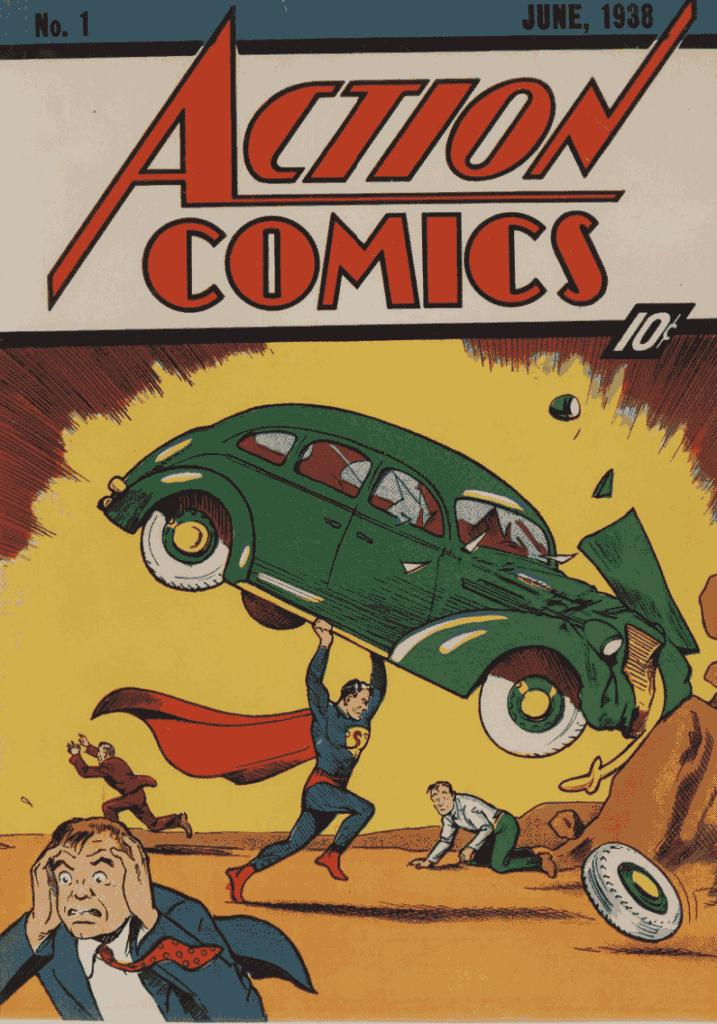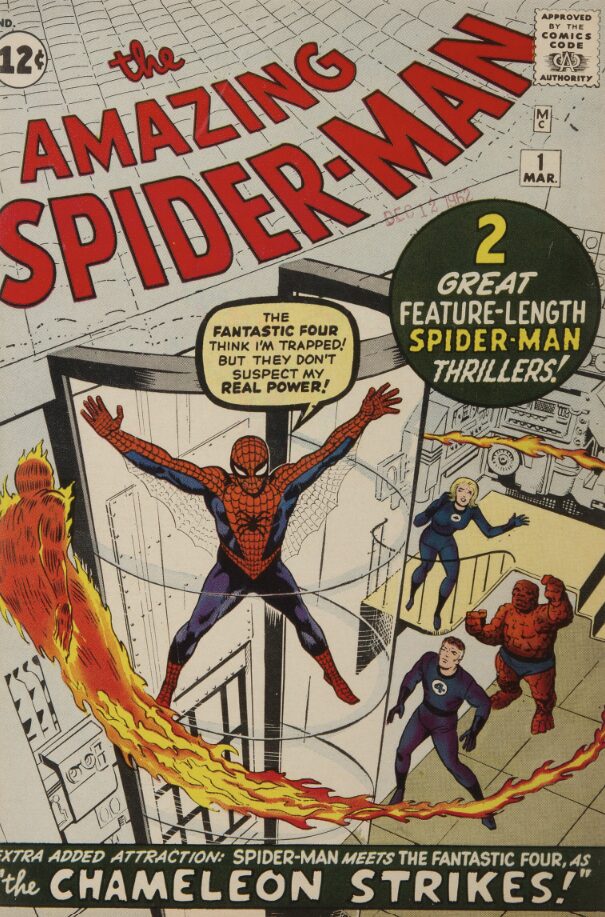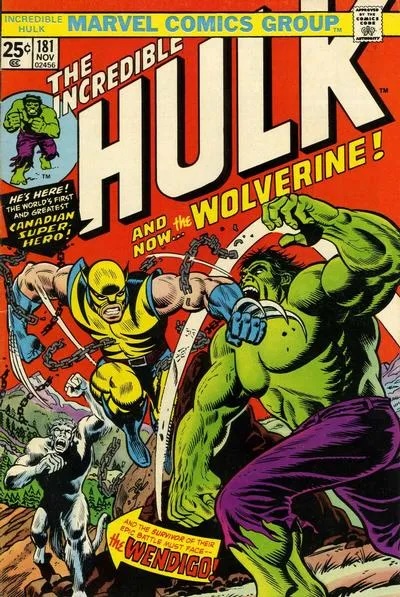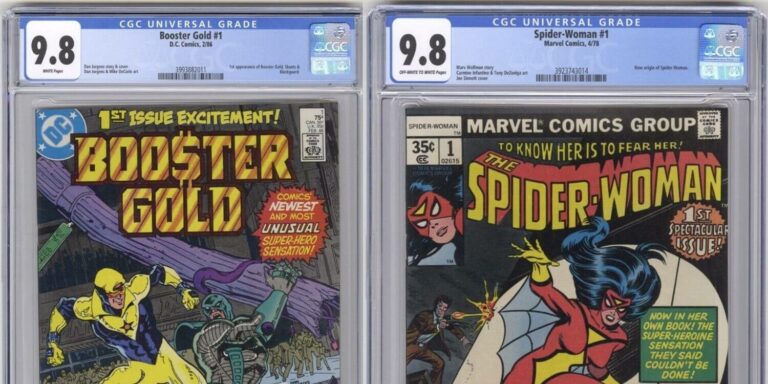
Comic books have captured the imaginations of readers throughout many generations. With each generation, comic books have also evolved in terms of different themes, art styles, and cultural changes. Learn all there is about different comic book ages. How does the age of comic books impact the value of a comic book.
Comic books are commonly categorized into four major ages based on the era in which they were published. Each comic book from that age carries that flavor, feel, and tone. If you get a hold of a comic book published when you were a kid, you can still recall that time and get a glimpse of your childhood.
It is very important to know about the age of your comic book if you want to sell your comic books. Please click here to learn more about how to value your comic books.
In this article
Comic Book Ages: Explained
There are four major comic book ages in chronological order:
In the article,
- Golden Age (1938 – 1956)
- Silver Age (1956 – 1970)
- Bronze Age (1970 – 1985)
- Modern Age (1985 – Present Day)
- How does age impact the value of a comic book?
- Sell your comics to Sparkle City Comics!
Golden Age (1938 – 1956)
Comic books that were published from the 1930s to 1950s belong to the Golden Age of Comics. Golden Age comic books are known as the 10-cent comics because all the comic books increased their prices to 12 cents in October 1961. The Golden Age of comic books was kicked off by the publication release of Action Comics #1 and the introduction of Superman.
The Golden Age introduced the simple archetype of superheroes. This era featured the first appearances of all the classic superheroes that are loved even today such as Batman, Robin, Wonder Woman, Flash, Green Lantern, Aquaman, and many more iconic superheroes. The predecessors to many of our prized comic book companies such as Detective Comics (DC Comics), and Timely Comics (Marvel Comics).
Many of these superheroes can be seen fighting America’s real-life enemies such as Hitler, providing the nation and troops with much-needed information along with cheap entertainment.
In the late 1940s, additional genres started to appear such as Westerns, Sci-Fi, and Detective Stories.
Silver Age (1956 – 1970)
In the mid-1950s, superhero comics were all over the place. People from every age used to read comics back then. The Silver Age of comics is when comic books hit a stride and became mainstream entertainment sources in America. In the 1960s, Marvel and DC Comics used to dominate the entire comic book industry.
The Silver Age Comic books are also known as 12-cent comics. However, few 10c comic books belong to the silver age of comic books. DC Comics used to dominate with superheroes like Superman, Wonder Woman, Batman, and Justice League while Marvel Comics used Spiderman, the Avengers, Thor, Hulk, and the Fantastic Four. Some of the most famous Silver Age comic books include Journey into Mystery #83 (1962), Amazing Fantasy 15 (1962), The Amazing Spider Man #1 (1963), and Avengers #4 (1962).
Bronze Age (1970 – 1985)
The Bronze Age of comic books features the most diverse comic books out of all ages. Even their price ranges from 15 cents to 40 cents. Unlike the previous ages, there was no clear event that kicked off the Bronze Age. The Bronze Age of comic books used to last from the 1970s to the early 1980s. This age saw the return of a lot of popular characters with darker plots about their real-life issues as seen in the early Golden Age such as drug abuse, poverty, and pollution. Apart from superhero comics, there were a lot of horror and mystery comic books in this era.
In the early 1970s, comic book publishers published huge numbers of comic books which caused the entire comic book market to flood with comic books in this era. This made comics easily available which took scarcity away from them. Some of the most famous bronze age comic books include Teenage Mutant Ninja Turtles 1 (1984) featuring the first appearance of TMNT, Forever People #1 (1971) featuring the first appearance of Darkseid, Scooby-Doo #1 (1970) featuring the 1st appearance of Scooby-Doo.
Modern Age (1985 – Present Day)
The Modern Age of comic books began in the mid-1980s and continued to the present day. You will find a lot of modern-age comic books that carry low to no value. The modern age of comic books is identified by several trends: the commercialization of comic book publishers, more psychologically complex characters, and twisting plots.
Some argue that the later years of the Bronze Age overlap with very early years of the Modern Age. One argument for that is the rise in so-called “anti-heroes” as seen in Elektra and Wolverine, and the rise in the X-Men overall. Some of the most popular comic books from the Modern Age are The Walking Dead #1 (2003) the First appearance of Rick Grimes, and Batman Adventures #12 (1993) featuring the first appearance of Harley Quinn.
How does the age of a comic book impacts its value?
Figuring out the value of your comic books for is more of an art than science. It is quite possible to come up with a rough idea about the actual worth of a comic book just by looking at their age. The older a book it is, the more scarce it will be to find it. Moreover, older a comic book is the better chances it will have at featuring first appearances or key events.
Otherwise, if you want something more accurate, you can always get in touch with Sparkle City Comics to get a Professional comic book appraisal.
Sell Your Comics to Sparkle City Comics!
Looking back, comic books have gone through a clear evolutionary path to get us where we are today. As you can see, comic books have gone through a clear evolutionary path to get where we are today. Sparkle City Comics is most interested in purchasing comic books pre-1985, so if you’re interested in selling your Golden Age, Silver Age, or Bronze Age comics, give us a call at (800)-916-3281!










